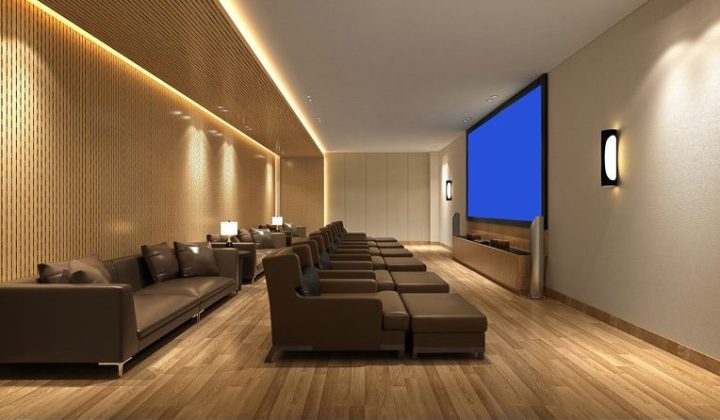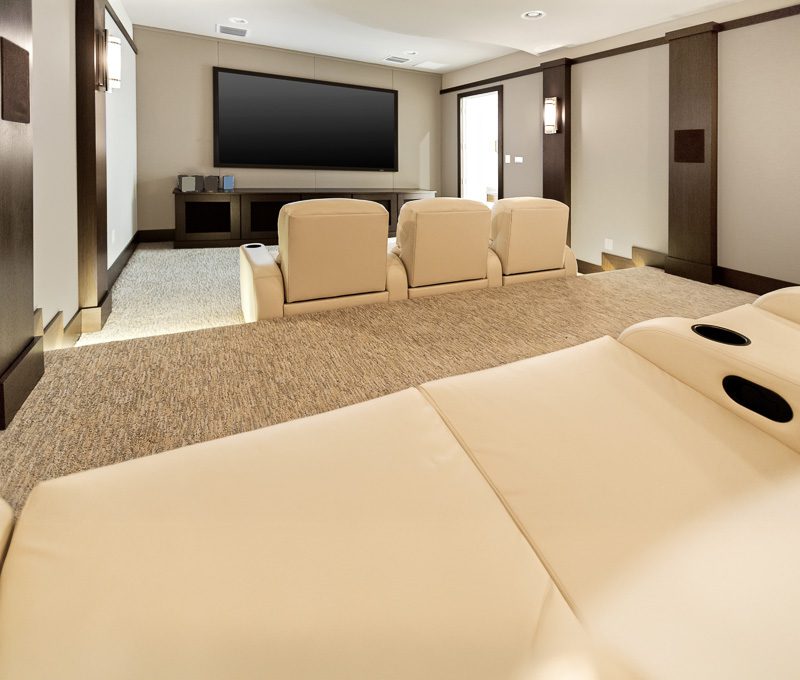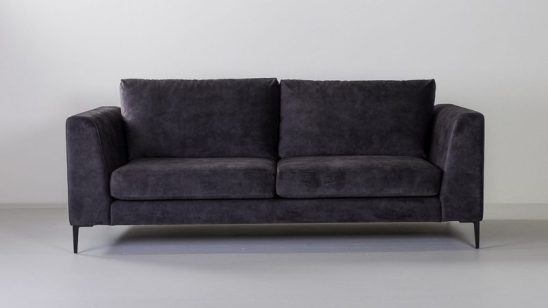
That cinema feel
Setting up a home theatre isn’t plonking a few comfy chairs in front of a large television or screen. By Lynda Papesch.
Having one professionally built is the ultimate, however, with a few essential changes, any spare room may be converted. Minimum requirements include controlling outside light and sound, and using the right equipment. Having a dedicated home theatre room is a good start. It may double as a music room, office or gaming space, yet come movie time, the lights do down, the blinds or curtains shut tightly, and the space becomes a personal cinema.

Go a step further and transform windows into walls to help block light and outside sound, and use dark paint for the walls and grey or neutral for the ceiling to avoid unwanted light reflection. Keeping it simple is a good start. Focus on a quality video projector, suspended from the ceiling, a drop-down screen that can be hidden away when not in use, and comfortable seating.
Decide how you want the theatre to look, for instance a classic style with red velvet walls, sconce lighting, and tiered seating, or more contemporary with one or two rows of seats. No one in the room should have their view of the screen blocked or find themselves too close or too far away. One way to navigate this is to build a raised platform for seats at the back and use comfortable seats without high backs. Home theatre audio bounces around the walls, ceiling, and flooring, so limiting the bounce is essential. Try wall to ceiling carpeting, wall-to-wall curtains, and soft, cushiony seating, all of which will absorb sound. Picture frames with glass bounce back sound so consider framing your old movie posters without glass. If you are able to, soundproof the room to shut out ambient sound such as dishwashers and dryers, people talking, and cars driving by. Add a second layer of drywall or special sound-reducing foam, replace hollow-core doors with solid versions, and put up sound-proof, light-blocking curtains.
Popcorn anyone?

How your home theatre looks depends entirely on the individual.
A clean minimalist look is favoured by many for contemporary home theatres, while others go all-out to create the look and feel of a commercial cinema. A bar, microwave for the popcorn, and drinks fridge can all be hidden out-of-sight so you can shut the door and hunker down for the night in front of your big screen.
Comfortable seating is a must. Many companies produce dedicated home theatre chairs which include features such as power recline, power headrests, power lumbar systems, heat and massage, cup holders, pull-out trays, and more. They may be singles, doubles, even rows of three or more, depending on your preference.
Alternatively, large or smaller cosy sofas, and corner configurations work just as well.



